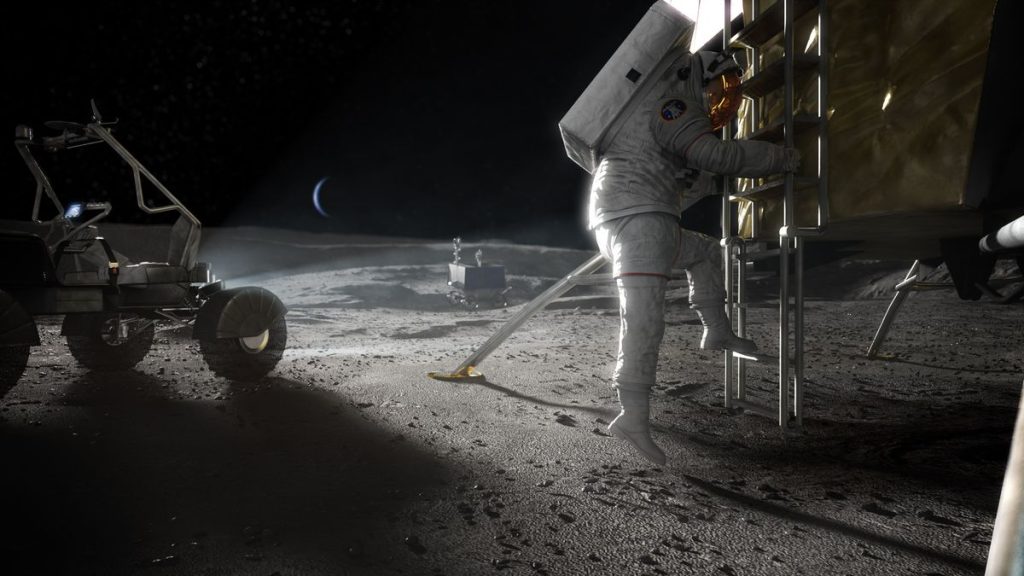Now Reading: Revisiting an Iconic Space Hat
-
01
Revisiting an Iconic Space Hat
Revisiting an Iconic Space Hat
Sign up for the free Nautilus newsletter:
science and culture for people who love beautiful writing.
The names of celestial objects often involve long strings of letters and numbers, which don’t tend to roll off the tongue. But sometimes these swirling forms in the sky inspire a bit more creativity among astronomers.
Such is the case with the Sombrero Galaxy, a cosmic island that lives nearly 30 million light-years away from Earth within the constellation Virgo. Also known as Messier 104, the galaxy earned its affectionate moniker due to its Mexican hat-like shape, especially when viewed from the side.
The Sombrero Galaxy defies categorization: It possesses traits of a spiral galaxy, like our Milky Way, such as well-defined symmetrical arms and a black hole at its center, but it also resembles an elliptical galaxy, which tend to be more chaotic and blob-like. The Sombrero Galaxy is known for the hefty bulge of stars at its center, which is surrounded by the hat’s “brim”—dense lanes of cosmic dust and gas where new stars are born. Lurking within the galaxy’s bright core is a black hole whose mass is 1 billion times that of the sun.
The Sombrero Galaxy was discovered in 1781 by the French comet-curious astronomer Pierre Méchain, and in the past few decades it has been snapped in increasingly crisp detail. In 2003, NASA’s Hubble Space Telescope released a stunning snapshot of the galaxy that offered scientists a closer look at its roughly 2,000 globular clusters, tight packs of up to millions of old stars bound together by gravity. For comparison, that’s 10 times as many globular clusters as those orbiting our Milky Way galaxy.
A new image of the Sombrero Galaxy, shown here, was published in April in honor of the Hubble’s 35th anniversary. It features an old portrait of the galaxy from 2003 that has been re-processed using new Hubble data and techniques, offering a finer glimpse into the metal-rich stars located within the galaxy’s halo. This enhanced detail suggests that billions of years ago, the galaxy may have fused with another, creating its Sombrero-like shape. ![]()
Lead image: NASA
-
Molly Glick
Posted on
Molly Glick is the newsletter editor of Nautilus.
Get the Nautilus newsletter
Cutting-edge science, unraveled by the very brightest living thinkers.























